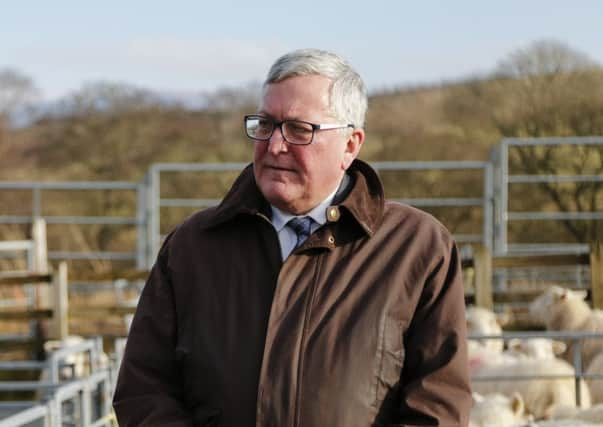Farm income boost likely after sterling fall helps prices
This article contains affiliate links. We may earn a small commission on items purchased through this article, but that does not affect our editorial judgement.


Lower prices for inputs such as fuel and fertiliser in the first half of 2016, coupled with higher prices for some commodities in the second half of the year – mainly as a result of the slump in the value of sterling after the Brexit vote – helped incomes bounce back to close to 2014 levels.
The official statistics showed that farm income fell by 16 per cent in 2015 compared to the previous year, while the initial estimates for 2016 suggested a year-on-year increase of 15 per cent.
Advertisement
Hide AdAdvertisement
Hide AdStressing that the 2016 figures remained provisional, the report said the total income from farming figure (TIFF) for 2016 appeared to have bounced back to about £749 million, after standing at £653m in 2015, and £775m in 2014.
The weakening of the pound led to improved prices for grain, beef and lamb in the second half of the year, resulting in a boost to the value of outputs despite reductions earlier in the year.
Another important effect of the exchange rate was a rise in the value of EU support payments, resulting in a 17 per cent increase in total payments – although farmers are yet to receive full payment of these dues.
Jonnie Hall, director of policy at NFU Scotland, said that while some sectors had bounced back, some worrying trends continued for Scottish farm output in general and that 2015 and 2016 had been extremely challenging for those producing milk, cereals and eggs.
He said: “There is a clear indication of a contraction of Scottish agriculture, and that is further borne out by productivity indicators which suggest we have fewer farm businesses but they are getting more efficient in terms of input use.
“However, TIFF figures relate to all aspects of Scottish agriculture and these headline figures can disguise significant variations between sectors, farm sizes and farm types.”
Stating that the TIFF figures also served to underline the importance of public support to the viability of Scottish agriculture, he said: “In the months ahead, we will be pressing at a Scottish and UK level the need for a post-Brexit agricultural policy that is both adequately funded and better targeted at active farmers and crofters.”
Advertisement
Hide AdAdvertisement
Hide AdA similar line was taken by Scotland’s rural economy secretary, Fergus Ewing. He said: “Historically, support payments from the EU have played a significant role in farm profits and the total income from farming balance sheets show us that this is continues to be very much the case.
“Given the importance of these payments, the Scottish Government is pushing Westminster for further clarity on the future of rural funding.”
